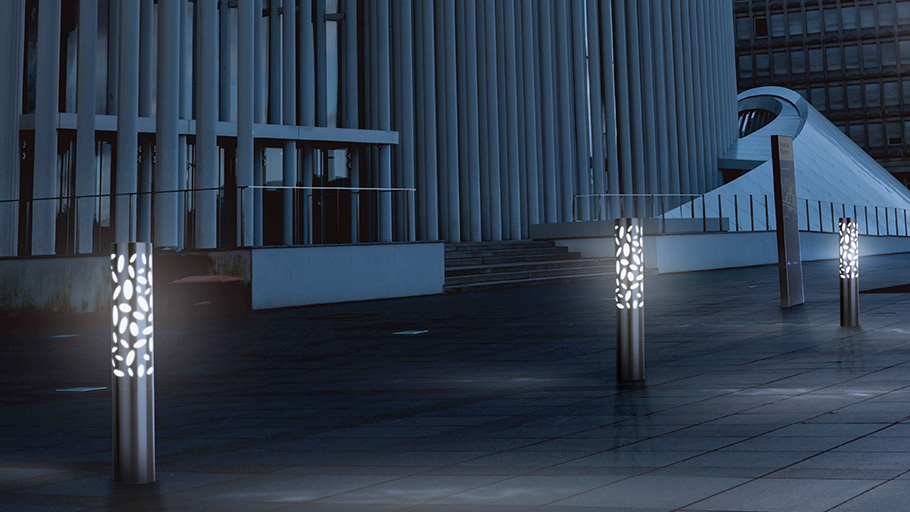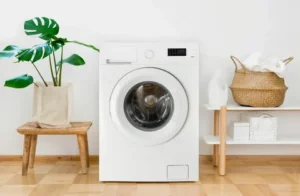Bollards, those short posts you see around pedestrian areas, car park entrances, or on cycle lanes, are more than just functional components of urban planning and safety. They have long since evolved from mere utilitarian necessities to objects of aesthetic interest. Simply put, bollards have become an essential part of contemporary design, growing in function and appeal throughout history.
Originally, bollards were used for ship mooring and were predominantly made from old cannons that were no longer fit for use on the battlefield. The original bollards were practical and utilitarian, with little thought given to their aesthetic appeal. However, their design has undergone radical transformations to accommodate the changing needs and aesthetics of societies.
In the 19th century, the industrial revolution brought about major redesigning of bollards. As streets started to crowd with pedestrians, horses, and eventually cars, there was a necessity for an effective method for controlling traffic and protecting pedestrian areas. This era saw the introduction of iron bollards, which were sturdy as well as ornamental, becoming an important part of urban street furniture.
The mid-20th century saw the step in the evolution of bollards into the multifunctional elements they are today. Innovations in materials expanded the design possibilities, leading to the creation of bollards made from plastic, stainless steel, and ductile iron. This period also witnessed the advent of illuminated and removable bollards. These innovations significantly improved urban planning, added safety features, and ultimately led to the acknowledgement of bollards as a critical element of urban architecture.
Today, the aesthetic aspect of bollards is as important as their functionality. Modern bollards come in a wide range of styles from minimalist to ornate, catering to the diverse aesthetic tastes of urban planners and architects. They can also be painted in vibrant colours to blend with or contrast against their surroundings, further enhancing their visual impact.
Recent advancements in technology have paved the way for ‘smart’ bollards. They can incorporate various features such as Wi-Fi hubs, electric vehicle charging points, and even surveillance cameras. These are not the stuff of science fiction but entirely plausible facets of our near future.
In conclusion, the evolution of bollard design is indeed a fascinating journey. From the humble beginnings as a practical tool for maritime use, bollards have become a fundamental part of our urban landscape, fulfilling both functional and aesthetic roles. Whether it is guiding traffic, protecting pedestrians, or merely enhancing the visual appeal of a location, bollards have proven their worth. They stand as testament to the fact that functionality and aesthetics can indeed go hand in hand.





Be First to Comment